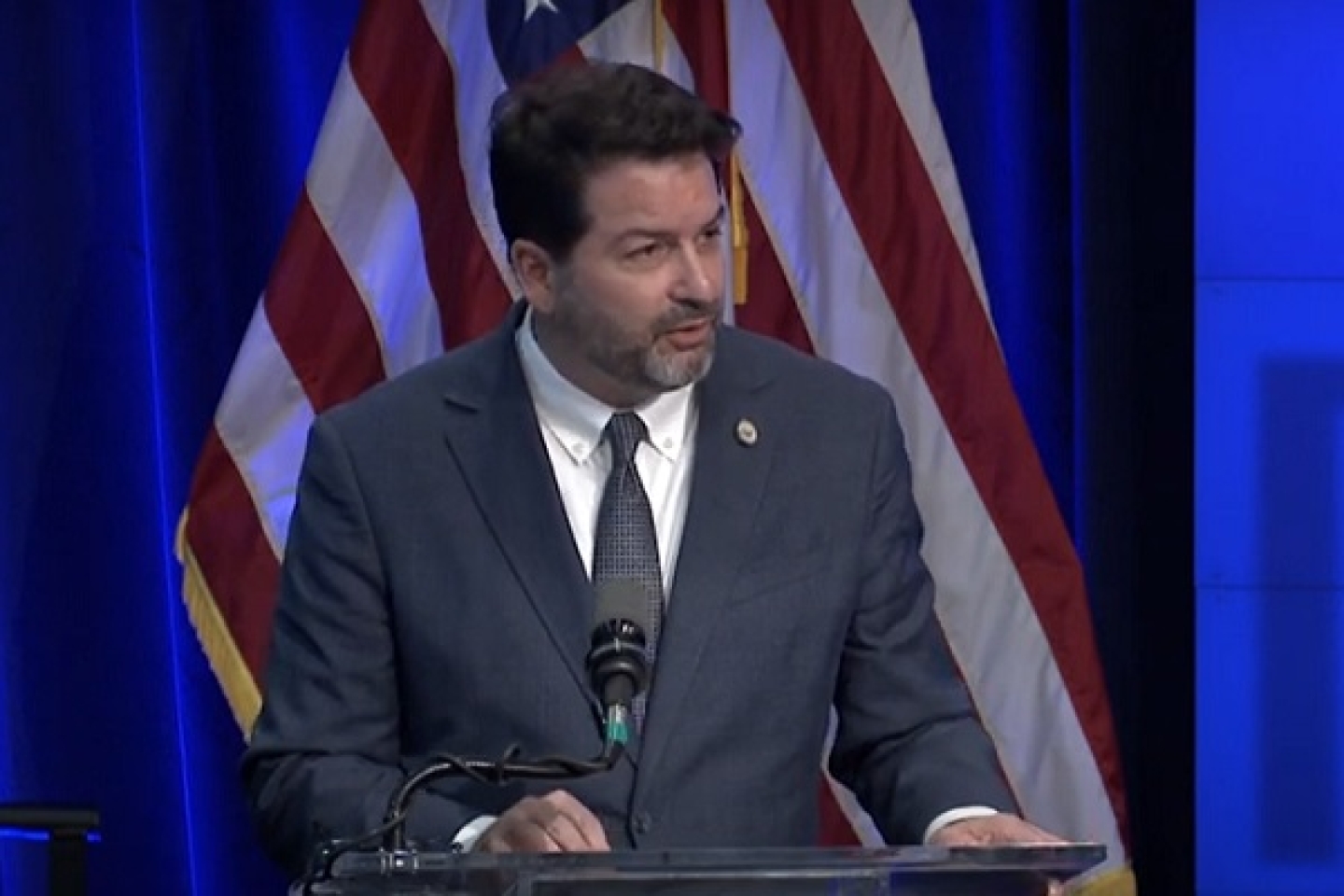‘Sheer Magic But Not a Panacea’: USICH Director Delivers Remarks on the Past, Present, and Future of Housing First
Last week, USICH Executive Director Jeff Olivet delivered opening remarks at a Quarterly Update on Housing First hosted by the Department of Housing and Urban Development (HUD) Office of Policy Development and Research (PD&R).
The virtual event was open to the public and included speakers and panelists from Houston, Texas; Gulfport, Mississippi; New Orleans, Louisiana; Seattle, Washington; and Richmond, Virginia.
All In: The Federal Strategic Plan to Prevent and End Homelessness, which USICH released late last year, recommits the federal government to a “Housing First” approach. The plan promotes Housing First as one important strategy for urgently addressing basic needs of people in crisis, expanding housing and support, and building better systems to prevent homelessness—all with an evidence-based, all-hands-on-deck approach based on what people who have experienced homelessness say they need and want.
In his remarks, Olivet touched on the history of Housing First, the current application of it, and the ways that it must improve.
Watch the video, starting at 23:34 , and read his full remarks, below:
"Thank you to HUD’s leadership and PD&R for focusing today on such an important topic. To all of you here in the room and watching online, thank you for everything you do each day to work for a more just nation in which no one has to experience the tragedy of homelessness.
When I first entered homelessness work in the early 1990s, we didn’t have Housing First. As outreach workers, we had little to offer but socks, water, and a list of phone numbers to call for shelter. Later, when I was a housing case manager, we designed programs—too often without the input of those most impacted—requiring six months of sobriety, mental health treatment, and other hurdles before people could access housing. In other words, we expected people to get sober and to address mental health issues and trauma histories while living in an alley or a tent, in a shelter or a vehicle, all to show that they were ready for housing.
The question we should have been asking was this: How do we make sure that the housing we are offering is ready for the person? Not the other way around.
When Housing First came along, it was, in the words of Dr. Jim O’Connell in Boston, “sheer magic.” When offered rapid access to housing and robust wraparound supports, many who had previously been written off as “not ready” for housing thrived in the stability of a home. As the evidence base grew, quantitative data as well as the qualitative evidence of personal stories of recovery and reconnection showed in deeply personal and profound ways that housing is indeed the foundation for getting and keeping a job, addressing mental health and substance use, and reconnecting with family, friends, and community.
Housing First is both a philosophical approach that can be applied in many ways and a program model that requires fidelity in practice. Housing First does not mean housing only. Supportive services tailored to the individual are a critical part of the equation. It is this combination of housing and supports that helps people successfully exit homelessness and stay housed.
The reduction in veteran homelessness over the past decade—55% according to HUD’s latest data—is perhaps the best proof point. When HUD does what it does best—housing—and the VA does what it does best—a rich array of health services and other supports—the sheer magic of Housing First works.
The evidence for Housing First is extraordinary: 9 out of 10 program participants stably housed after 2 years; increased income; cost savings to emergency response systems. Not only does Housing First work, but it is also cost-effective.
While 9 out of 10 is great, that also means that Housing First doesn’t work for everyone. In health care, 99 surgeries out of 100 can go perfectly; yet if one patient is lost, there is a deep, clear-eyed assessment of what went wrong and what can be improved next time. We are not always great at applying such a standard of excellence in our response to homelessness.
We know that Housing First is not a panacea. Housing First was designed to end homelessness at the individual level—not to solve the structural causes of homelessness, such as the severe lack of affordable housing, ongoing impacts of structural racism, and lack of access to mental health care and drug and alcohol treatment on demand. Blaming Housing First for the ongoing homelessness crisis is like blaming cancer treatments for cancer. It doesn’t cure every person, and we have much more to learn, but we are saving lives on a daily basis.
While Housing First has ended homelessness for hundreds of thousands of individuals, we have not scaled it up to meet the need; we have not paired it with prevention strategies that stem inflow into homelessness; and we have not done enough to examine other models of care for people not served well by Housing First.
Retreating from Housing First would be bad public policy. But so would an over-reliance on Housing First as the only solution. We must create a richer, more nuanced continuum of housing and service options that work for different people who have different needs.
My challenge to you is this: We must come together to scale up what works. We must continue to identify gaps in our approach and test innovative new models. We must come together across the political spectrum, across federal agencies, and across local systems of care to approach the life and death crisis of homelessness with urgency, creativity, and compassion.
Thank you for being here today and thank you for everything you do to fight for the human right to housing.



